If you have already bought one of the new Philips Hue light bulbs, for example the new White Ambiance Filaments, then you may have already noticed it: On the obligatory energy label, the bulbs now only get a G instead of an A+. I’ll tell you today what this is all about.
The basis for the changes is a new Ecodesign Regulation, which requires manufacturers to produce even more efficient products. At the same time, a new Energy Labelling Regulation was introduced, which is valid from 1st September. As part of this, a new scale was introduced, which will ultimately be reflected on the product packaging.
The requirements for the manufacturers have been increased, so to speak. Let’s take a look at the example of filament lamps: The classic White Filament consumed 7 watts of energy at a maximum brightness of 550 lumens. These approximately 78 lumens per watt have so far been sufficient to obtain the A+ energy label. On the new energy label, however, it is only enough for energy label G. For the F rating, 85 lumens per watt would be required, and for class A even 210 lumens per watt.
Two different packages contain the same product
Until the old boxes disappear from the market, it makes no difference to you which packaging you choose. Regardless of whether an A+ or a G is printed on it, the lamp itself will of course consume exactly the same amount of electricity. The new rating, however, gives manufacturers a good incentive to increase the efficiency of their products.
And if you are standing in front of a shelf in a shop and wondering why there is no energy label printed on a table lamp or ceiling light, I can also give you the appropriate explanation: Products where the light source can be replaced without damaging the product do not need to have an energy label printed on them – even if the end user cannot do it himself. Unfortunately, I can’t tell you why they came up with this exception.
Note: This article contains affiliate links. We receive a commission for purchases via these links, which we use to finance this blog. The purchase price remains unchanged for you.


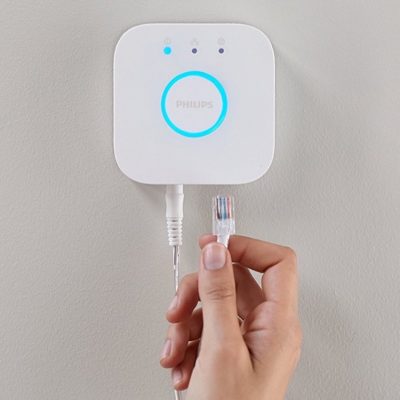

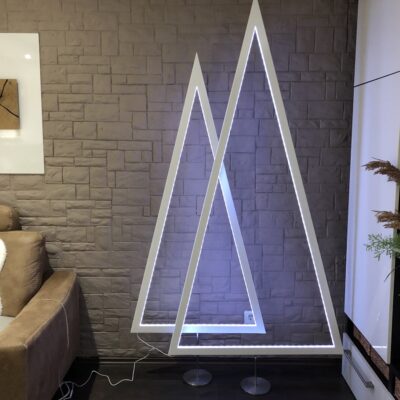
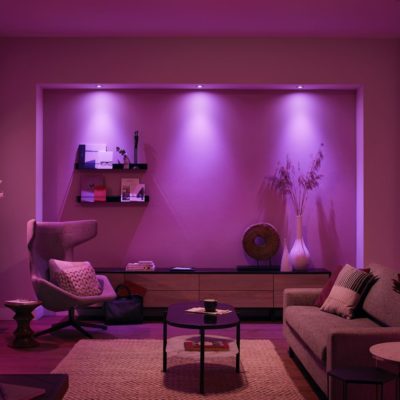

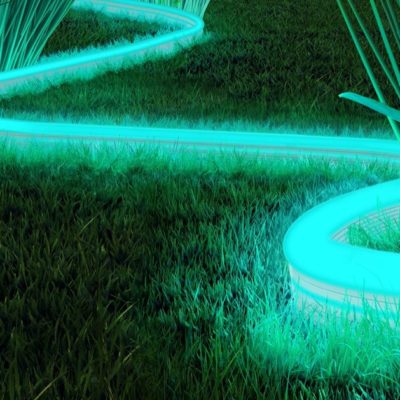
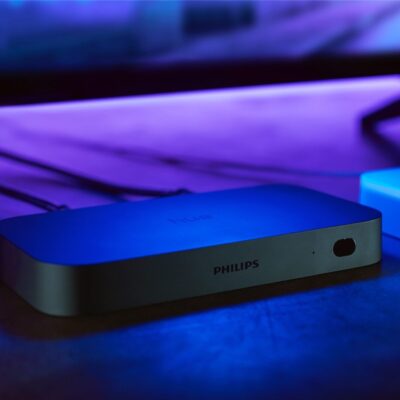

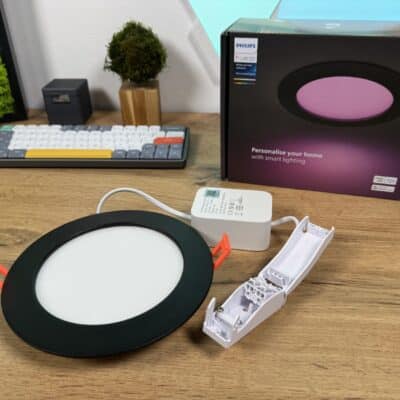

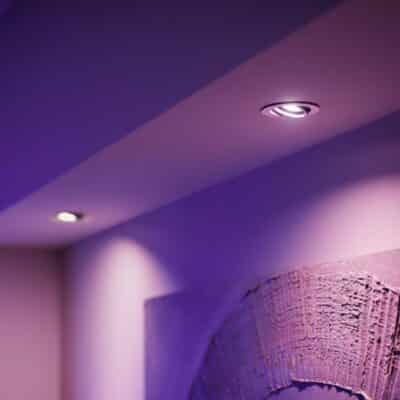


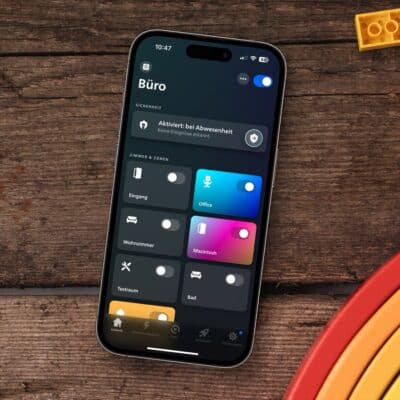

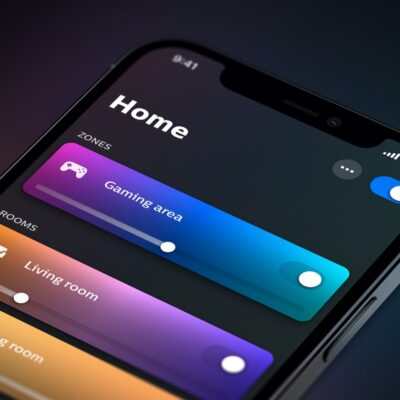



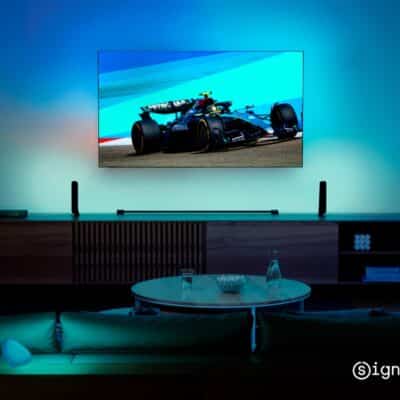
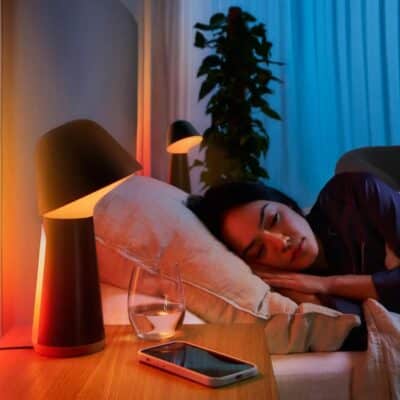
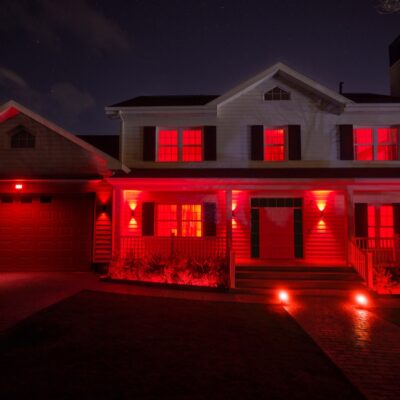

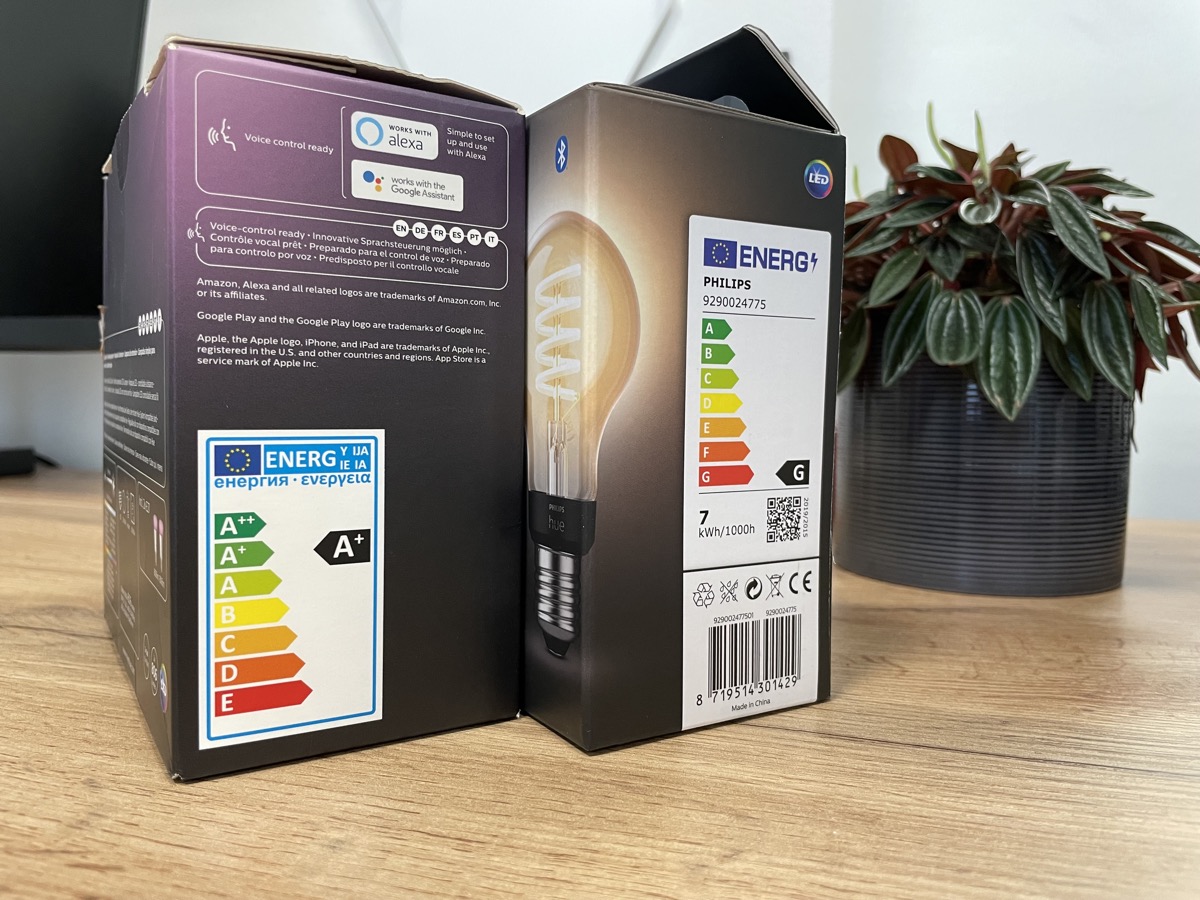
Thanks, good information.
Idiots. All of them. Thanks for doing your experiment x